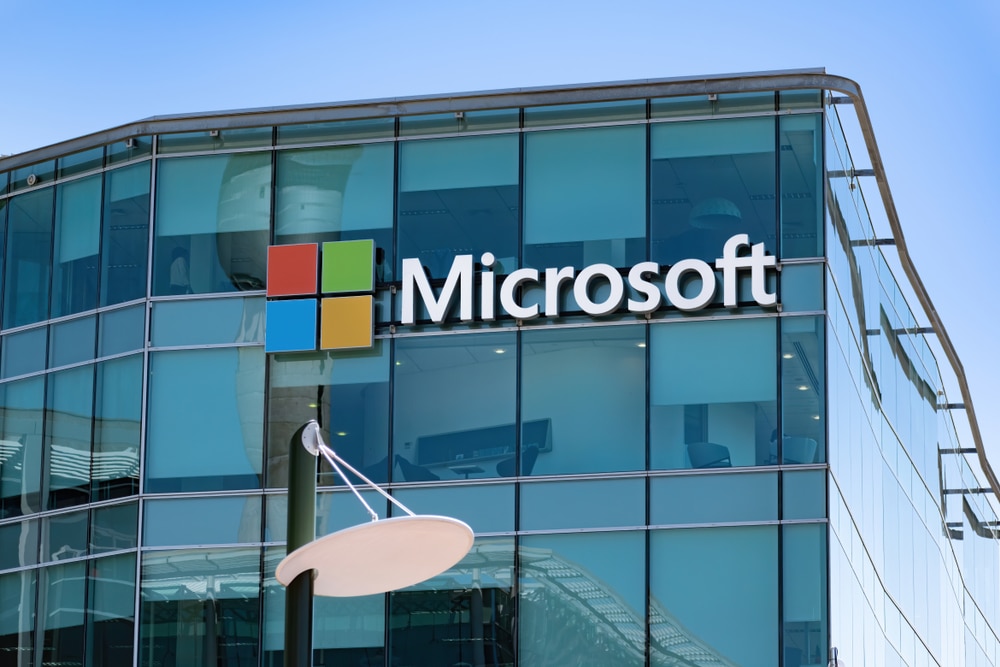Windows 7 is dead, long live Windows 10
All good things come to an end. That’s just part of life, and it allows us to find new things to enjoy. This is also true with computers, as new innovations, updates, and breakthroughs phase out aging, dated technology.
Windows 7 is one such piece of technology. One that while well-functioning, will be reaching the end of its extended support soon. For people that are still using the operating system currently, it means that changes are coming that may push them towards updating to the current Microsoft OS, Windows 10.
Before making that jump however, it can help to know what exactly these oncoming end of life changes are, and how they affect the operating system going forward. We’ve compiled a list of some helpful information here to help you answer some common questions people have about what will happen after Microsoft leaves Windows 7 behind.
What Windows 7 end of life support means for you and your business
-
When is the Windows 7 End of Life support date?
Extended support for Windows 7 ends on January 14th, 2020. After this date, Microsoft will no longer provide any functional innovation for the operating system, nor will there be any customer service or additional technical support. Though these updates will cease, users will be able to continue to use Windows 7 on their PCs if they wish.
-
How many people will this affect?
Quite a few believe it or not. According to recent metrics taken by Net Marketshare, close to 30% of computer users still use Windows 7 compared to other operating systems. This means that millions of users will be affected by this end of life support when it occurs.
-
What does the end of Extended Support mean?
While primary support for Windows 7 ended in 2015, the end of extended support marks the true end point for the operating system. Microsoft will no longer provide patching for bugs, or further security updates. Windows 7 will still function and you will still install and activate it after this date, but it will not receive any support.
-
What does that mean for Windows 7 security?
It is not uncommon for hackers to wait until an end of life date to strike, unleashing powerful new viruses or malware that can wreak havoc across a computer system. In the past, this happened with Windows XP, and was so bad that Microsoft had to step in and release a patch to help with the issue. While it is impossible to tell what exactly will happen when Windows 7 end of life support occurs, it will be left open to attack with no new planned defense incoming, and Microsoft may not release another emergency patch this time around should one happen.
-
What happens to support for Microsoft Office and other software?
Microsoft will continue to offer support for software on Windows 7 so long as it meets the support requirements on their Fixed Lifecycle Policy. However, with support ending soon for things like Office 2010, there will be instances where neither the operating system, nor the version of Office are supported. This also applies to Internet Explorer, which has been replaced by the Edge browser on Windows 10.
-
What are my options to upgrade from Windows 7?
While Microsoft did offer an upgrade to Windows 10, that offer has expired as of 2016. In order to upgrade from Windows 7 to Windows 10, you will need to purchase a version of the software and install it. It is recommended that you or your IT service check the specifications of your computer before any attempted installation to ensure that your computers are capable of upgrading, as some older desktops and laptops will not be compatible with the Windows 10 operating system.
-
When should I upgrade to Windows 10?
Talk with your IT department or Managed Service provider to discuss the exact way to start setting up the process, but sooner is better than later if you are planning on switching over to Windows 10. As Microsoft’s primary OS, it will still be getting regular updates and support for several years. Likewise, taking time to familiarize yourself with the changes from Windows 7 to Windows 10 can help with the transition. With a host of new features, different file associations, software compatibility requirements, and more, moving from Windows 7 to Windows 10 can be a great undertaking as they are quite different operating systems. It is also wise to back up important files and documents so that they can be redeployed once the transition to Windows 10 is complete.
-
What if I am not ready to upgrade to Windows 10?
In the event that you are not able to move your systems onto Windows 10, there is still time to hold off and keep your systems secure. Microsoft does have an option to extend support for users of Windows 7 Professional and Windows 7 Enterprise, ensuring that security updates can continue to be applied up through January 2023. This additional extended support however does come with a cost, which will vary depending on the operating system, and the number of devices a business or enterprise has in use. This extended support cost also gets more expensive each year, with some options reaching up to $200 in price per device. After that, Microsoft will require users of these operating systems to upgrade to Windows 10 if they still wish to receive security updates.
The end of Windows 7 at the dawn of a new decade
Whether you do so now or later, upgrading to Windows 10 is something Microsoft is trying to make inevitable. With proper support ending for general users in 2020, and support for businesses and enterprises ending in 2023 should they choose to pay for that service, users run an increasing risk of compromise from hackers, malware, and other security risks that will occur. Consider carefully how staying on Windows 7 will affect you and consult with your IT support to figure out a proper strategy to secure, and update your OS for the future.








 by
by